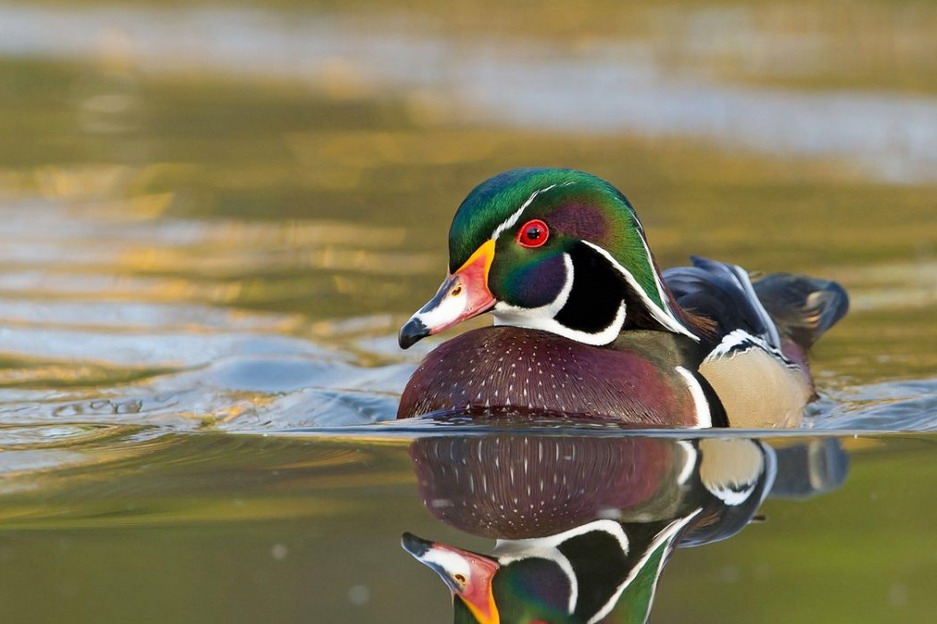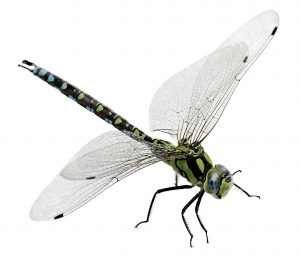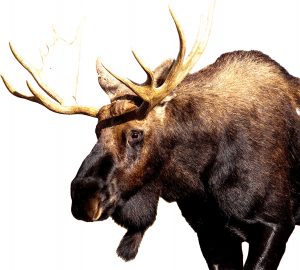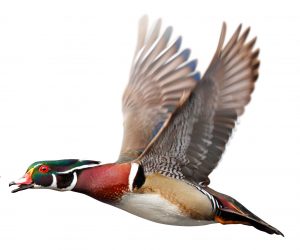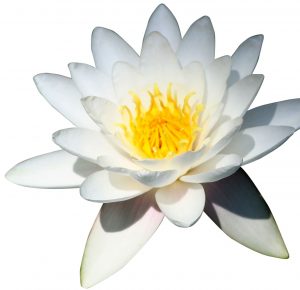Ducks Unlimited Canada presents… some of our wetlands’ most interesting inhabitants
Canada’s wetlands are home to thousands of fascinating wild species. We’re celebrating a handful of fan favourites with these fun, fact-filled profiles. Watch for them the next time you make a pit stop at a wetland during your next road trip!
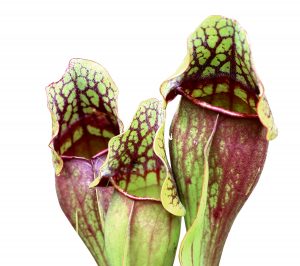
NORTHERN PITCHER PLANT
- Preys on ants, flies, spiders, and moths. Small vertebrates, like juvenile salamanders, may also be digested in the pitchers.
- Lures prey with sweet-smelling nectar that emanates from the rim of the pitcher.
- Ensures its prey stays put—the pitcher rim is slippery and it has downward-pointing hairs inside, making escape very difficult for insects that fall in.
- Collects rainwater in the base of its pitchers, where bacteria and some lucky invertebrates can survive, forming a symbiotic relationship with the plant.
- These invertebrates, along with digestive enzymes and collected rainwater, dissolve prey trapped inside.
- Can thrive in nutrient-deficient soils because they also absorb nutrients from their prey.
- Is the provincial flower of Newfoundland and Labrador.
- Can fly at speeds of more than 50 kilometres per hour.
- Position their legs in a scoop or basket shape to catch prey (like mosquitoes) mid-flight—then bite it to lock it in place until they are ready to eat.
- The dragonhunter, one of the largest species of dragonfly, will catch and eat other dragonflies—starting with the head.
- Were one of the first insects, dating back to about 300 million years ago. Early dragonflies were larger, with wingspans up to nearly a metre wide.
- Live for up to several years in the water in nymph stage, then emerge from the water and begin to fly within days.
- May have the best colour vision of any living creature. Researchers believe they can see ultraviolet and may be able to recognize polarized light reflecting from water.
- Have a nearly 360-degree range of vision, thanks to their two compound eyes that are made up of thousands of smaller eyes.
- The moose is the largest and heaviest extant species in the deer family.
- It is estimated that there are between 500,000 and one million moose in Canada.
- Bulls grow antlers each spring, shed a layer of tissue called “velvet” in the fall, and as winter begins, their antlers fall off so that they can conserve their energy.
- Cows choose their mates based on antler size—and those antlers can grow to more than two metres wide.
- Calves are born in the late spring and stay with their mothers until they are around 18 months old. Otherwise, moose are solitary animals.
- Moose are excellent swimmers and can dive more than five metres to reach food (water plants) on the bottom of a lake.
- Their scientific name means “eater of twigs.” In the winter when greens are hard to find, moose survive by eating up to 20 kilograms of twigs each day.
- The eyesight of moose is extremely poor, but its senses of smell and hearing compensate.
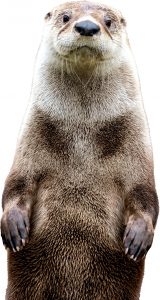
RIVER OTTER
- Travel in winter by sliding along the ice at distances of six metres or more per slide.
- Are nearsighted on land but see well underwater, using a transparent membrane to cover their eyes like googles.
- Combine musk from scent glands at the base of their tail with poop (known as spraint) and deposit it along trails and shorelines to communicate information with other otters about identity, age and gender.
- Live in dens (known as holts) along shorelines, often in natural hollows or burrows made by other animals.
- Can hold their breath underwater for up to eight minutes.
- Wash themselves after every meal.
- A group of otters goes by many names, including bevy, romp and lodge. When in the water, the group is called a raft.
- Has no close relatives other than the Mandarin duck, found in Asia.
- Scientific name means “waterbird in bridal dress.”
- Has sharp claws for perching and climbing out of tree cavities, where it nests in holes from two to 15 feet deep.
- The only North American duck to regularly raise two broods in a single season (in the southern part of its breeding range).
- A hen will lay eggs in other wood duck nests to be hatched and raised—a practice known as “egg dumping” or “brood parasitism.”
- Ducklings jump to the ground from their cavity nest one day after hatching, safely jumping from heights of up to 89 metres
- Species neared extinction in the early 20th century but has rebounded and stabilized thanks to conservation efforts.
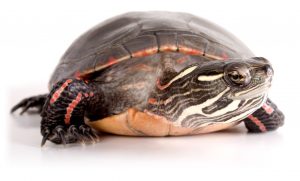
PAINTED TURTLE
- Fossils show that the painted turtle existed 15 million years ago.
- Painted turtles require access to both land and water to complete their life cycle.
- Eggs are laid in sandy soil. After hatching, a painted turtle’s days are spent basking on rocks or logs and foraging for food in the water.
- The painted turtle’s high reproduction rate and its ability to survive in polluted wetlands and artificially made ponds have allowed it to maintain its range, though human settlement has reduced total population.
- In British Columbia, where painted turtles are endangered, “turtle crossing season” signs have been installed to increase drivers’ awareness of potential turtles on the road.
- Painted turtles are omnivores, and their diets vary by subspecies.
- There are four subspecies of painted turtles, distinguished by variations in their shells.
- An adult’s shell will protect it from many predators, but painted turtles will also defend themselves by kicking, scratching, biting or urinating.
- A group of turtles is called a bale.
FRAGRANT WATER-LILY
- Also known as: white water-lily, sweet-scented water-lily, beaver root, alligator bonnet.
- Flowers close at night and on dark days.
- On the first day of flowering, the plant produces a sweet-smelling liquid in the flower’s centre to attract pollen-covered beetles and bees. The insects fall into the liquid, which collects the pollen needed for fertilization before the insects (usually) escape.
- On the second or third day of flowering, instead of liquid, the plant produces pollen to fertilize other water-lilies, which is released from the stamens for insects to collect and transport.
- A plant only flowers for three days—then pulls its fertilized blooms underwater by coiling its stalk. The seeds ripen underwater.
- Ducks help spread water-lily seeds (and therefore improve genetic diversity) by eating them and travelling to other ponds and lakes, where they excrete the seeds.
- All water-lily plants are edible and considered medicinal but may be protected—so check first and if allowed, harvest with conservation in mind.
- Flowers can be white or pink, with petals that will not sink.
Find out more about these and other wetland wildlife species on Ducks Unlimited Canada’s website at ducks.ca/species
Fall migration is here!
Nature’s version of rush hour is now underway—complete with raucous honking and a good deal of ruffled feathers.
There’s an amazing spectacle of birds on the move right now. Tell us what birds you see, and where, this migration season and support the critical conservation efforts that keep our favourite species flying high all year long. Now through November, record your bird sightings using the DUC Migration Tracker project hosted on iNaturalist. Whether it’s a flock of mallards spotted at a nearby wetland, or a goldfinch spied while strolling in the park, any bird species at any location will do. The most important thing is to observe, experience and enjoy the season. Your observations will provide valuable data that will inform future conservation efforts.
Learn more: ducks.ca/migration-tracker


















